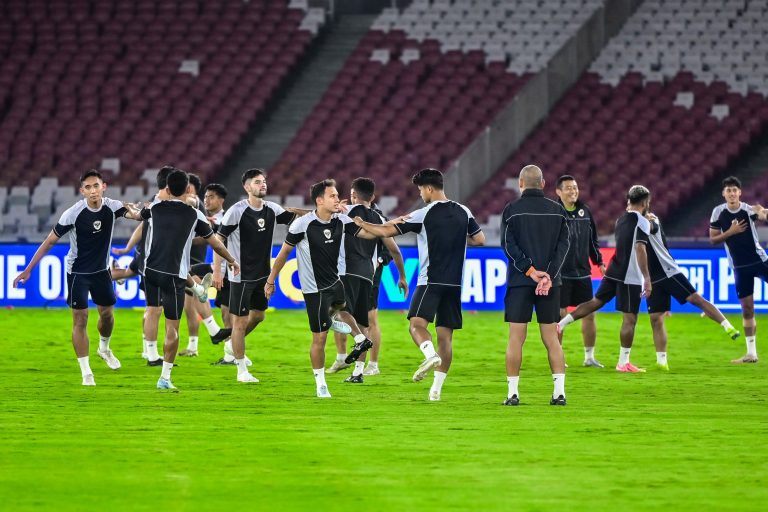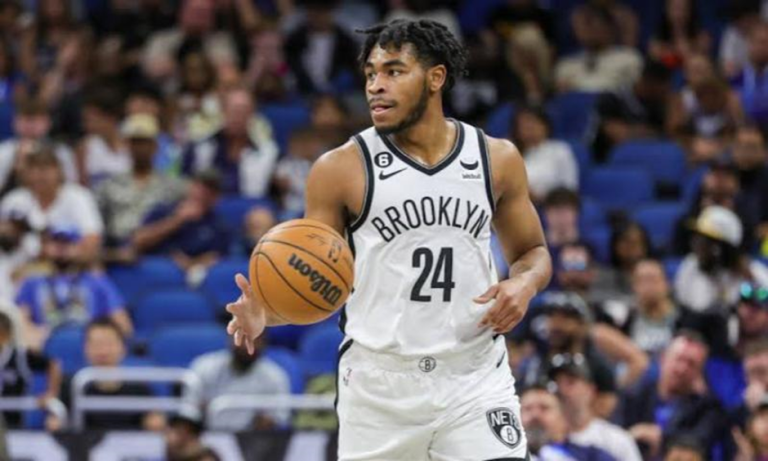Football, the world’s most beloved sport, has captured the hearts of millions around the globe.
Yet, when it comes to female football, there seems to be a significant popularity gap compared to the male version of the game.
Historical Context
The roots of this disparity can be traced back to the historical development of football.
The sport, traditionally dominated by men, has had a head start in terms of infrastructure, funding, and recognition.
Men’s football has been played for centuries, enjoying wide media coverage and lucrative sponsorships.
On the other hand, female football has struggled to gain the same level of exposure, leading to a lack of investment and resources.
Cultural and Societal Factors
Societal norms and gender stereotypes play a significant role in the popularity gap. In many cultures, football has long been seen as a male-dominated sport, leaving women to face societal barriers and prejudices.
This has resulted in limited opportunities for young girls to participate in football, leading to a smaller talent pool and subsequently less interest from fans.
Media Coverage and Broadcasting
Media coverage plays a crucial role in shaping public interest and support for any sport.
Unfortunately, female football often takes a backseat in terms of media coverage, with fewer matches televised and less exposure in mainstream media.
This lack of visibility greatly impacts the sport’s popularity and hinders its ability to attract sponsors and fans.
Pay Disparity
One of the most pressing issues in female football is the significant pay gap compared to male players.
Despite their exceptional skills and dedication, female footballers earn significantly less than their male counterparts.
This pay disparity not only affects the financial stability of female players but also sends a message that their efforts are not valued equally. This further discourages young girls from pursuing a career in football.
Lack of Investment and Infrastructure
The development of any sport requires substantial investment in infrastructure, training facilities, and grassroots programs.
Unfortunately, female football often faces a lack of resources in these areas.
The lack of investment limits the growth of the sport, making it challenging to attract talent and cultivate a competitive environment.
While female football has made remarkable strides in recent years, there is still a long way to go in achieving equal popularity and support compared to male football.
















